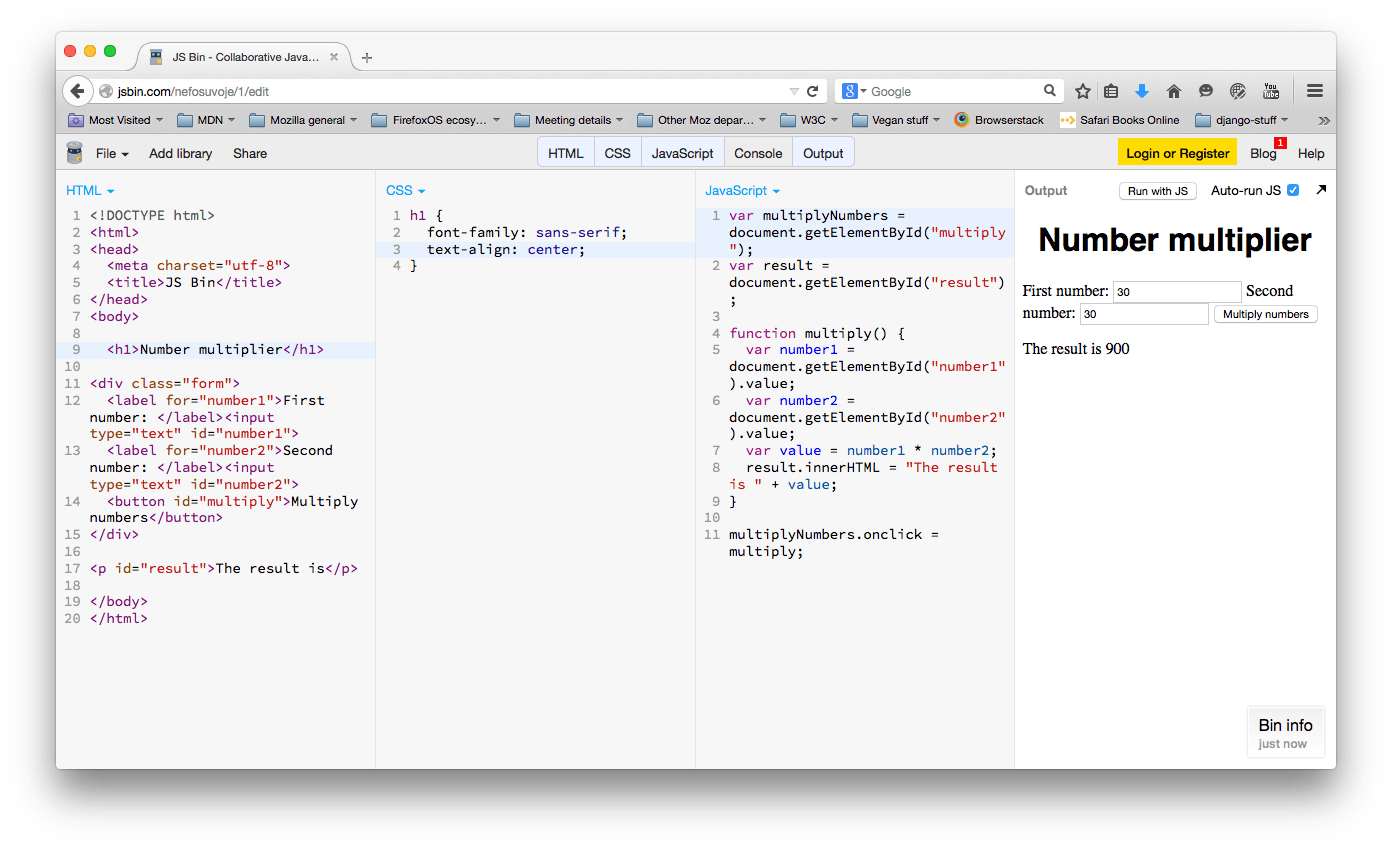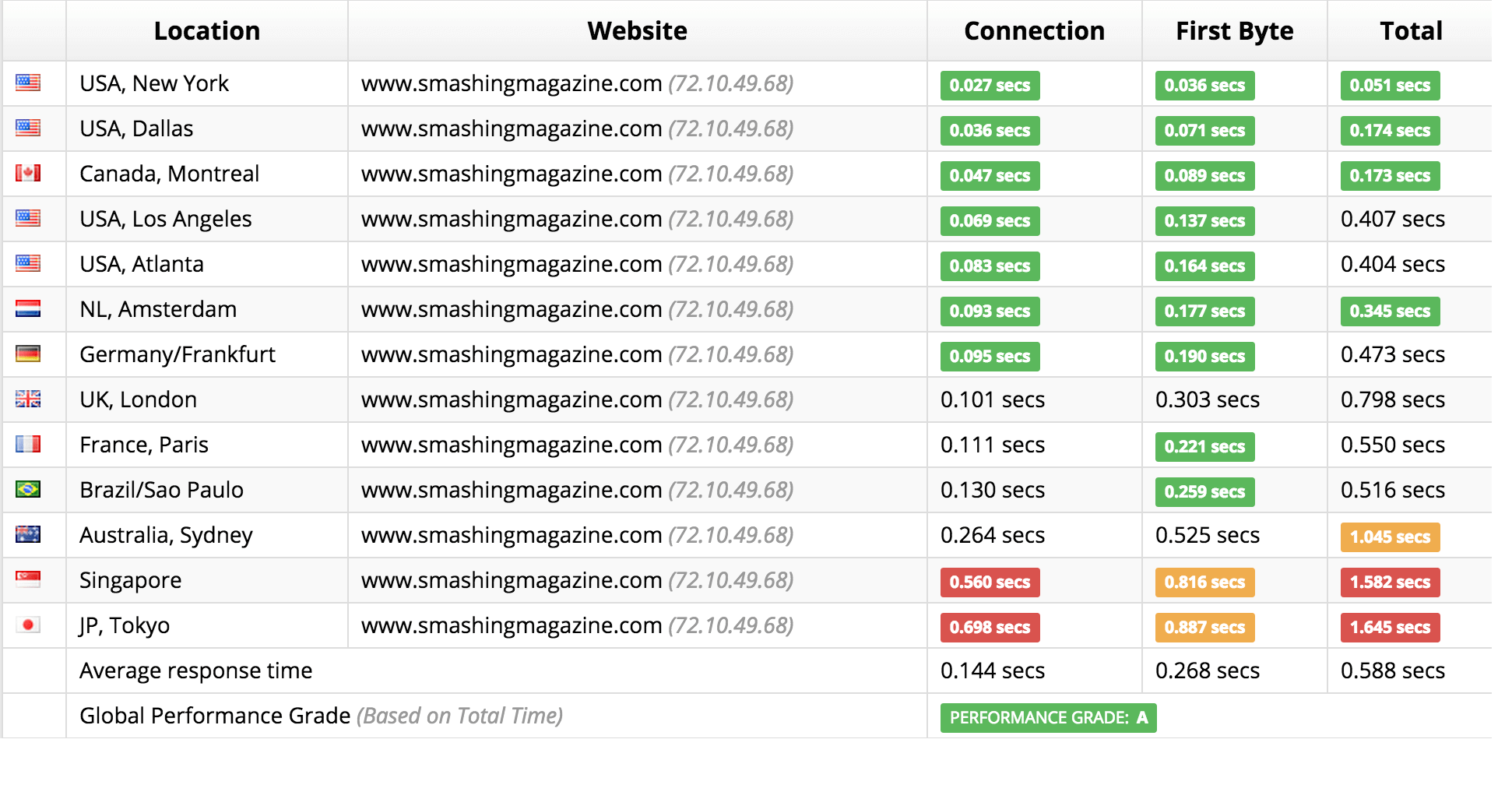
- Dynamic website examples with html source code how to#
- Dynamic website examples with html source code pdf#
- Dynamic website examples with html source code full#
- Dynamic website examples with html source code code#
The attribute is used for aligning the text in a div tag to The Left, Right, center or justify.
Dynamic website examples with html source code full#
freeCodeCampĪ target attribute with the value of “_top” opens the linked document in the full body of the window. freeCodeCamp freeCodeCampĪ target attribute with the value of “_parent” opens the linked document in the parent frame.

freeCodeCampĪ target attribute with the value of “_self” opens the linked document in the same frame as it was clicked (this is the default and usually does not need to be specified). The attribute specifies where to open the linked document in an a (anchor) tag.Ī target attribute with the value of “_blank” opens the linked document in a new window or tab. The may also be applied to images and other HTML elements. To do this you should use tag with necessary attribute “href” with symbol # (sharp) and key-word description of the anchor, like this: Go to Top Image Links After that you can place a link leading to this anchor at any palce on same page. To do this you should first place a tab at location on the page with tag and necessary attribute “name” with any keyword description in it, like this: Īny description between tags is not required. It’s also possible to set an anchor to certain place of the page. More with a href attribute In-page anchors title : Defines the title of a link, which appears to the user as a tooltip. target : Specifies the context in which the linked resource will open. Hreflang : Specifies the language of the linked resource. The attribute is supported by all browsers. The freeCodeCamp Contribution Page shows you how and where you can contribute to freeCodeCamp's community and growth. The hrefattribute can be used to link to local files or files on the internet. In this case, it’s useful to set the href attribute to "#" to create a dead link. Sometimes in your workflow, you don’t want a live link or you won’t know the link destination yet.

The a (anchor) tag is dead without the attribute. The attribute refers to a destination provided by a link.
Dynamic website examples with html source code how to#
Here are some examples of how to use HTML syntax to build websites, including some examples of newer HTML5 features. Import provides the structure of websites.
Dynamic website examples with html source code code#
Now we will add some HTML with dynamic data code in doGet() method that will be invoked for HTTP GET request.

When we click on the Finish button, it generates our Servlet skeleton code, so we don’t need to type in all the different methods and imports in servlet and saves us time. Again we can click finish or we can check other options through the next button.

Now select File > New > Servlet and use below image to create our first servlet. Let’s see parts of the URL with an example. Every resource on the web has its own unique address. URL is the acronym of Universal Resource Locator and it’s used to locate the server and resource. Some of the most used mime types are text/html, text/xml, application/xml etc. It helps the client in rendering the data for the user. It’s also called MIME type and server sends it to the client to let them know the kind of data it’s sending. MIME Type or Content Type: If you see above sample HTTP response header, it contains tag “Content-Type”.
Dynamic website examples with html source code pdf#


 0 kommentar(er)
0 kommentar(er)
